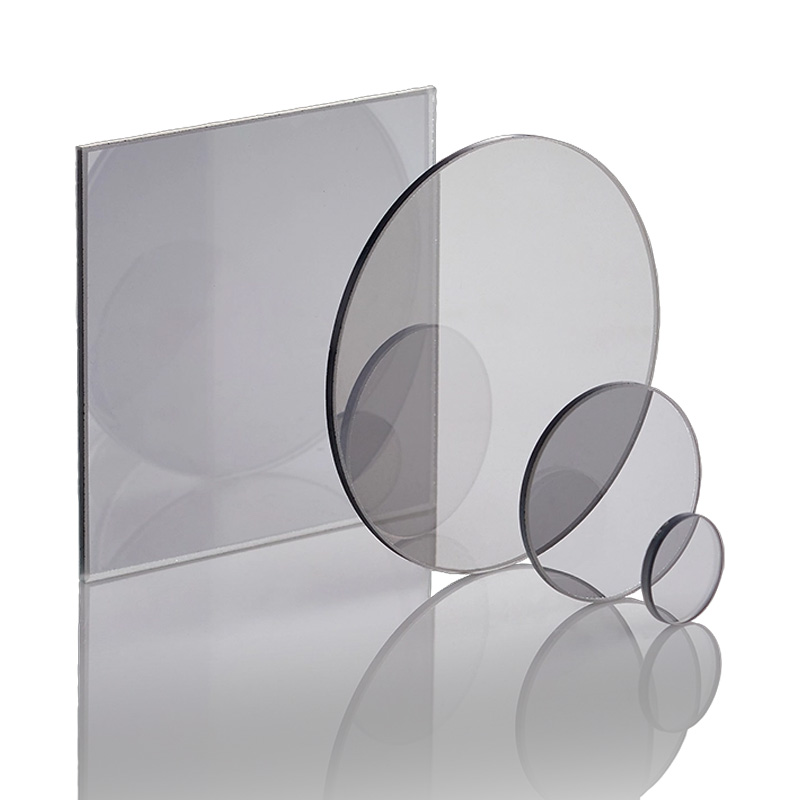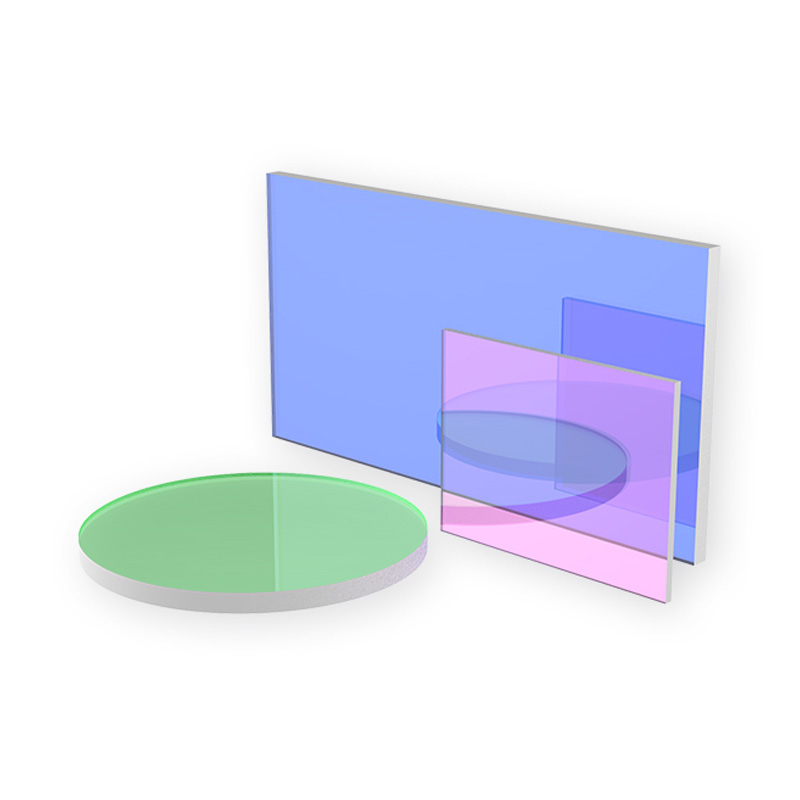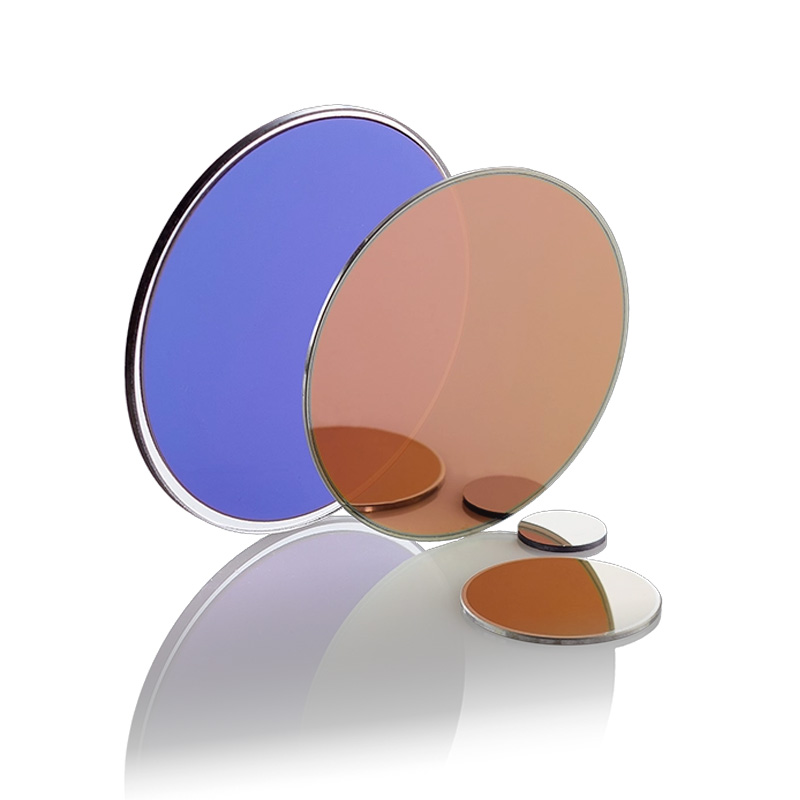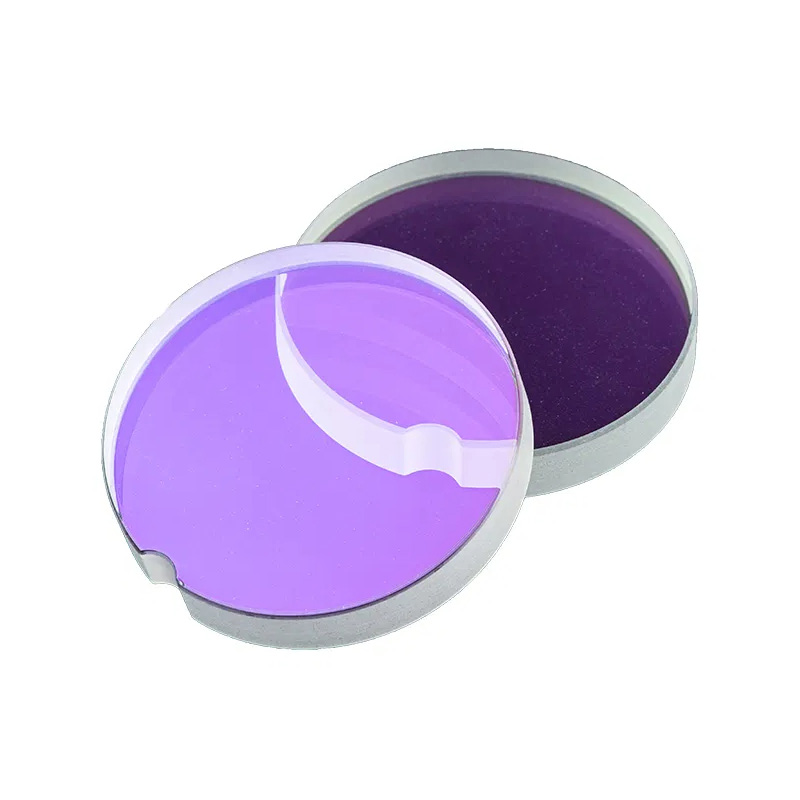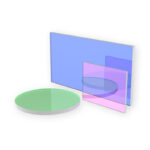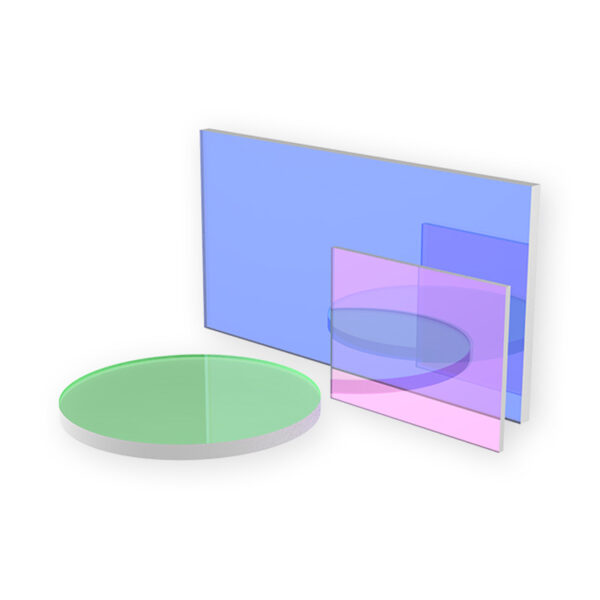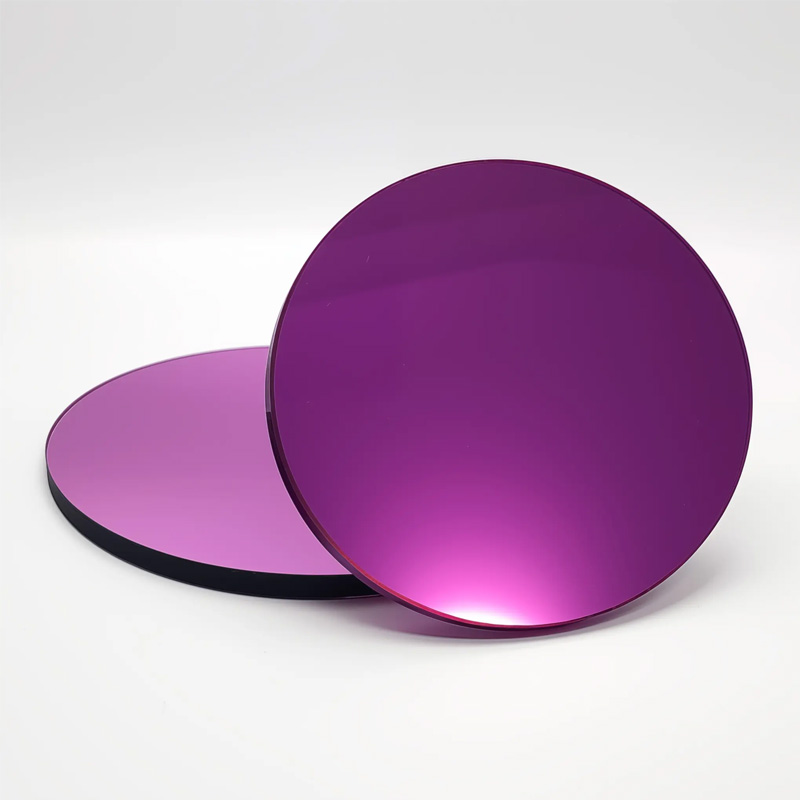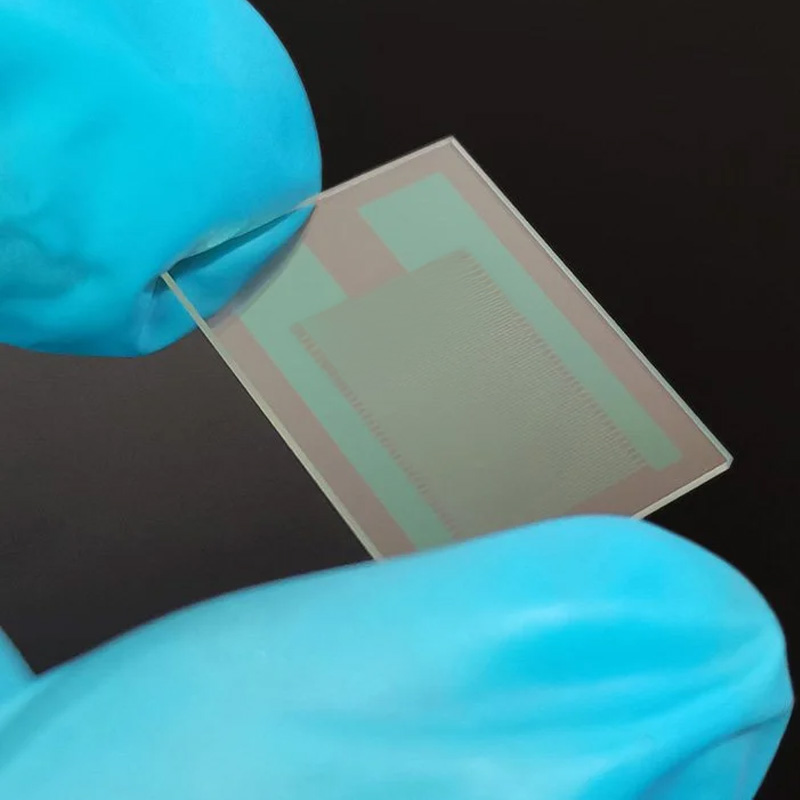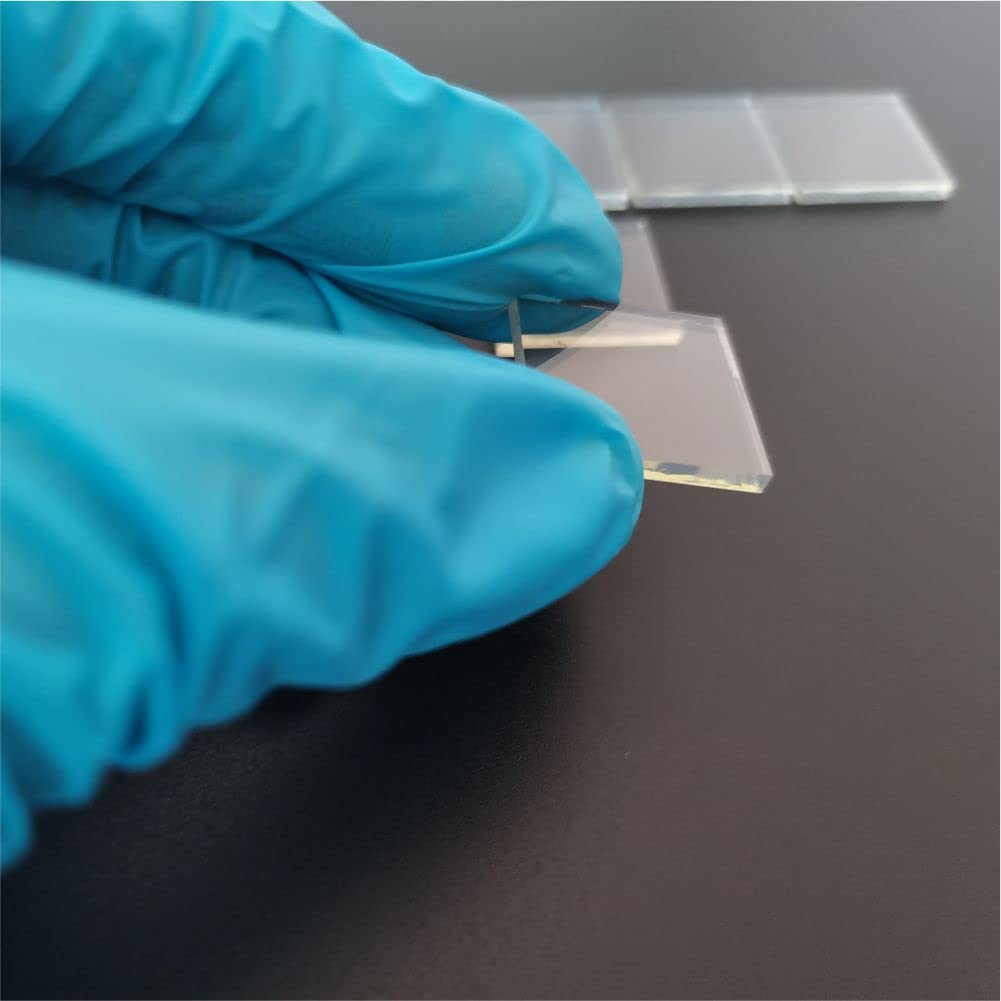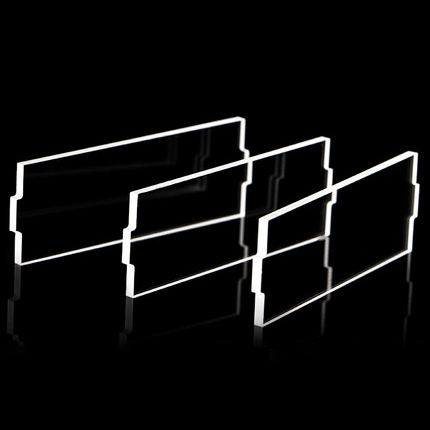产品: Notch Filters
Featured products
No products found
Notch Filters
Notch filters are precision optical components designed to block a narrow wavelength band while transmitting all other wavelengths with high efficiency. Also known as band-rejection or band-stop filters, they are the inverse of bandpass filters—creating a sharp “notch” in the transmission spectrum at a specific wavelength. TIHOT Optics manufactures high-performance notch filters using advanced multilayer dielectric coatings to achieve deep blocking (>OD4) within the rejection band and excellent transmission (>90%) outside it.
Key Features
Ultra-Narrow Rejection Bandwidth
Notch bandwidth (FWHM) ranges from 5 nm to 50 nm, enabling precise rejection of laser lines or unwanted wavelengths while maximizing transmission of adjacent spectral regions.
Deep Blocking Performance
Optical density (OD) >4 to >6 within the notch ensures effective elimination of intense laser lines or bright spectral features without saturation of detectors.
High Broadband Transmission
Transmission >90% (up to >95%) across wavelength ranges outside the notch, preserving signal strength in Raman spectroscopy, fluorescence imaging, and spectral analysis applications.
Steep Notch Edges
Sharp transition from high transmission to deep blocking (typically 2-5 nm per side) enables detection of spectral features very close to the rejected wavelength, critical for low-wavenumber Raman measurements.
Hard Dielectric Coating Technology
Ion-assisted deposition or magnetron sputtering creates durable, environmentally stable coatings resistant to humidity, temperature cycling, and mechanical wear.
Multiple Notch Configurations
Single-notch, dual-notch, and multi-notch designs available for applications requiring rejection of multiple laser lines or spectral features simultaneously.
Typical Specifications
| Parameter | Specification Range | Description |
|---|---|---|
| Notch Center Wavelength | 250–2500 nm | Customizable for any laser line or wavelength |
| Notch Bandwidth (FWHM) | 5–50 nm | Narrower for laser lines, wider for broadband rejection |
| Blocking Depth (OD) | >OD4 to >OD6 | Optical density within notch region |
| Transmission (outside notch) | >90% typical, up to >95% | Broadband transmission in passband |
| Edge Steepness | 2–5 nm per side | Transition from transmission to blocking |
| Substrate Material | Fused Silica, BK7, Borosilicate | Selected by wavelength range and application |
| Coating Type | Multilayer dielectric | Ion-assisted deposition or magnetron sputtering |
| Diameter/Size | 12.5–50 mm (custom available) | Round or square shapes |
| Surface Quality | 40–20 / 20–10 | Precision optical grade per MIL-PRF-13830B |
| AOI (Angle of Incidence) | 0°–5° typical | Notch wavelength shifts with angle |
| Operating Temperature | -20°C to +70°C | Stable performance across range |
| Transmission Uniformity | >85% average | Minimal ripple outside notch region |
| Polarization Dependence | <3% difference | Minimal variation between s and p polarization |
Product Types
Laser Line Notch Filters
Designed specifically to reject common laser excitation wavelengths used in Raman spectroscopy and fluorescence applications. Ultra-narrow bandwidth (5-15 nm FWHM) with OD6 blocking enables detection of Raman signals within 50-100 cm⁻¹ of the laser line. Standard wavelengths include 355nm, 405nm, 473nm, 488nm, 514nm, 532nm, 633nm, 785nm, 830nm, and 1064nm. Ideal for single-wavelength laser systems requiring maximum Stokes and anti-Stokes signal collection.
Broadband Notch Filters
Wider rejection bandwidth (20-50 nm FWHM) for blocking broader spectral features such as emission lines, plasma lines, or unwanted fluorescence peaks. Suitable for hyperspectral imaging, astronomical spectroscopy, and plasma diagnostics where specific spectral regions must be suppressed while preserving adjacent information. Can be designed to block atmospheric absorption lines (O₂, H₂O) or solar Fraunhofer lines.
Multi-Notch Filters
Feature two or more rejection bands in a single filter for applications using multiple laser excitation sources or requiring suppression of multiple spectral features. Common configurations include dual-notch for 532nm + 633nm (dual-laser Raman systems) or triple-notch for RGB laser projection cleanup. Reduces system complexity by replacing multiple individual notch filters with a single component.
Tunable Notch Filters
Angle-tunable designs where the notch center wavelength can be adjusted by changing the angle of incidence. Typical tuning range: ±10-20 nm by varying angle from 0° to 15°. Enables wavelength flexibility without filter replacement, useful for tunable laser systems or applications requiring variable notch positioning. Note: transmission and blocking performance may vary slightly with angle.
FAQ
Q: What is the difference between a notch filter and a bandpass filter?
A: A notch filter blocks a narrow wavelength band while transmitting everything else—it’s the inverse of a bandpass filter. Bandpass filters transmit only a specific wavelength range and block everything outside that range. Think of a notch filter as cutting out a single “slice” from the spectrum (like removing 532nm laser light) while preserving all other wavelengths for measurement.
Q: How narrow can the notch bandwidth be?
A: Standard laser line notch filters typically have 10-20 nm FWHM bandwidth. Ultra-narrow designs can achieve 5-8 nm FWHM, but this requires more complex coating designs and tighter manufacturing tolerances. The practical limit is around 3-5 nm for dielectric thin-film notch filters. For narrower rejection (<1 nm), holographic notch filters or volume Bragg gratings may be more suitable, though these have different performance trade-offs.
Q: Can notch filters handle high-power lasers?
A: Yes, but with considerations. The laser damage threshold depends on wavelength, pulse duration, and repetition rate. Typical notch filters handle 1-5 W/cm² continuous wave or 1-3 J/cm² pulsed (10ns) at the notch wavelength. For high-power applications, we recommend placing the notch filter after beam expansion (lower power density) or using enhanced coating designs with higher LIDT specifications. Verify your power density requirements during design consultation.
Q: Can I use a notch filter to block multiple wavelengths?
A: Yes. We offer multi-notch filters with two or more separate rejection bands in a single substrate. Common configurations include dual-notch (e.g., 532nm + 633nm for dual-laser Raman systems) and triple-notch designs. Each notch can have independent specifications for wavelength, bandwidth, and blocking depth. Multi-notch filters simplify optical systems by eliminating the need for multiple filter positions, but design complexity increases with the number of notches.
Leave Your Message

